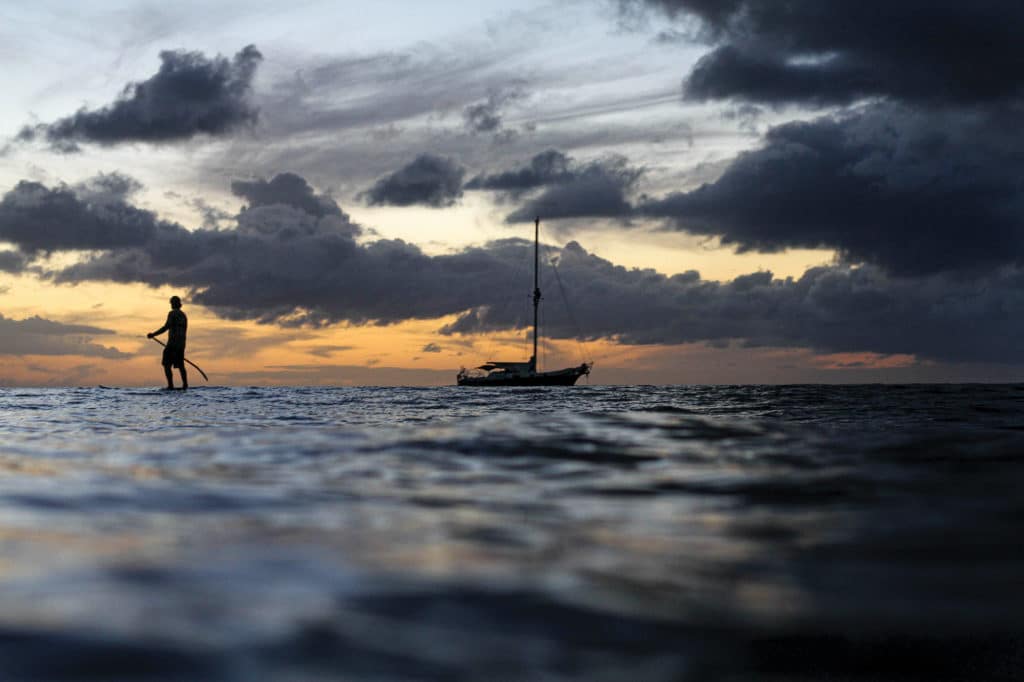
Under the cloak of fog, the 50-foot sailing vessel Atea made a break for it. Owners John Daubeny, Kia Koropp and their children, Braca and Ayla, had been on a pandemic lockdown in a South Africa marina for two months. Their plan to island-hop from St. Helena to Ascension to Cape Verde en route to Europe had fallen apart as those ports slammed shut along with ports worldwide.
But there were signs in summer 2020 that Europe was opening to cruisers. Rather than linger in uncertainty in wintry South Africa, the foursome set sail that June on a nearly 6,000-mile direct transit to Europe, navigating pandemic restrictions while exploring destinations in both the Eastern and Western hemispheres.
Since purchasing Atea in 2011, this New Zealand-based family has embodied the yacht’s Maori name, which means “unencumbered and free.” It’s a philosophy both parents have long embraced. In 1993, at age 25, Daubeny, a British national, embarked on a four-year circumnavigation in a 27-foot sloop. Koropp, a Puerto Rico-born American expat, backpacked through Africa and the South Pacific for four years before sailing in 2006 from Seattle to New Zealand.
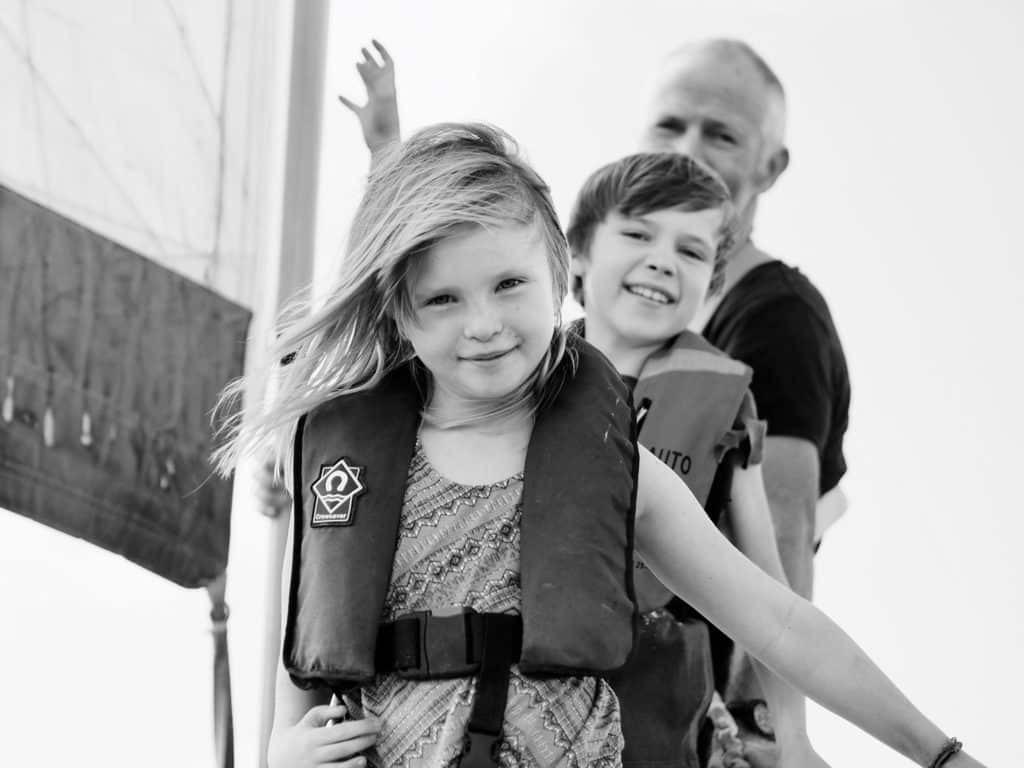
Braca, 9, and Ayla, 7, have grown up aboard the cutter-rigged Ganley Solution. They visited such locales as Malaysia, Madagascar and the Maldives before the age most children take their first school field trip.
In November 2018, the family sailed to South Africa and stored Atea in Saldanha Bay, around 90 miles north of Cape Town. They returned in early 2020 to repair and provision Atea before their March departure on their Atlantic itinerary—then the pandemic erupted. Koropp was visiting a wine distributorship just as news broke of an impending ban on alcohol sales. She bought 100 bottles of wine, tripling their onboard inventory. “We stowed it in the bilge, under the beds and settees, and in a few scattered lockers around the boat,” she says.
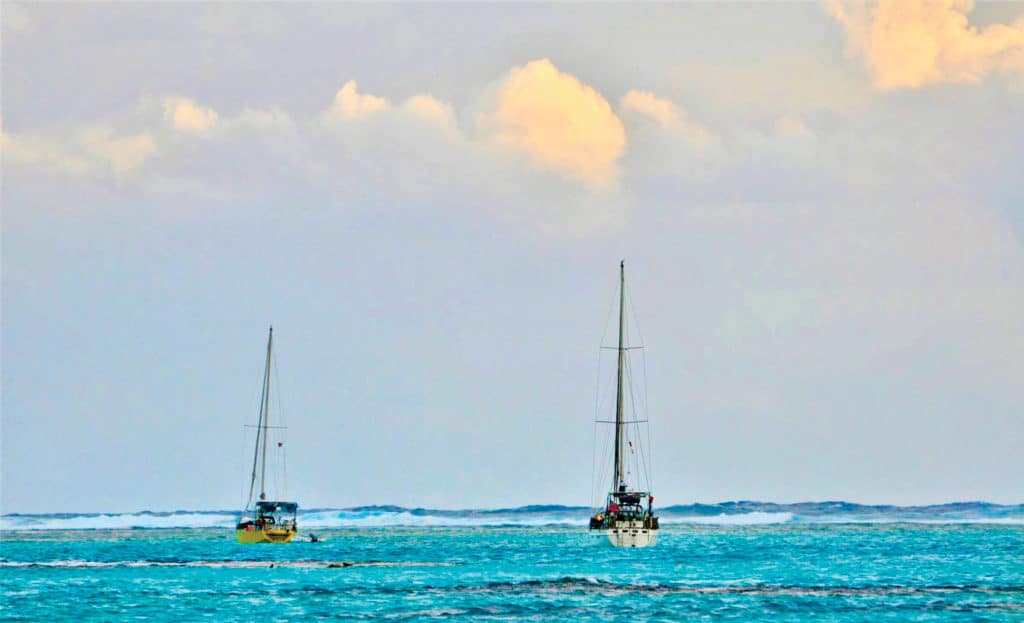
Their friends told them that being on a boat was the best place to be during the pandemic. “You can go anywhere,” they said. But to Koropp, the reality was more complicated: “If you don’t have a country that is going to let you in, you’re not going to float around in the mid-Atlantic with no purpose.”
They did have a purpose: reach Europe. And the steel-hulled Atea was capable of a direct transit. Its previous owner had outfitted it for offshore cruising, with four battery banks, as well as dual fuel filters and water pumps. It carries 225 gallons of fuel and 370 gallons of fresh water.
However, Atea’s rudder, rigging and engine had just undergone significant repairs. “None of them had been tested,” Daubeny says.
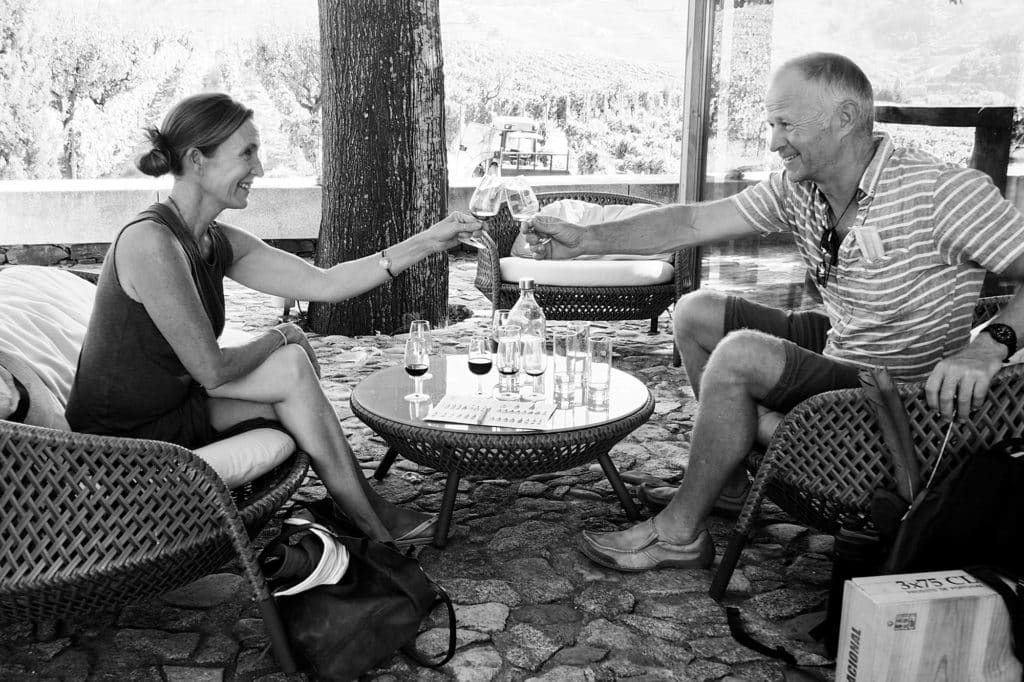
It was a risk they were willing to accept. With their traditional parting cheer of “Land go!” the family waved goodbye to the African mainland on June 4, 2020, and started their Atlantic voyage.
“We decided at the start we wouldn’t count the days,” Daubeny says. “Instead, we celebrated each thousand-mile passage.”
The kids had slime baths and a fake-snow fight. They enjoyed the sun and a swim during the doldrums. Save for four rough days in the Northeast trades, battling wind on the nose, it was great sailing.
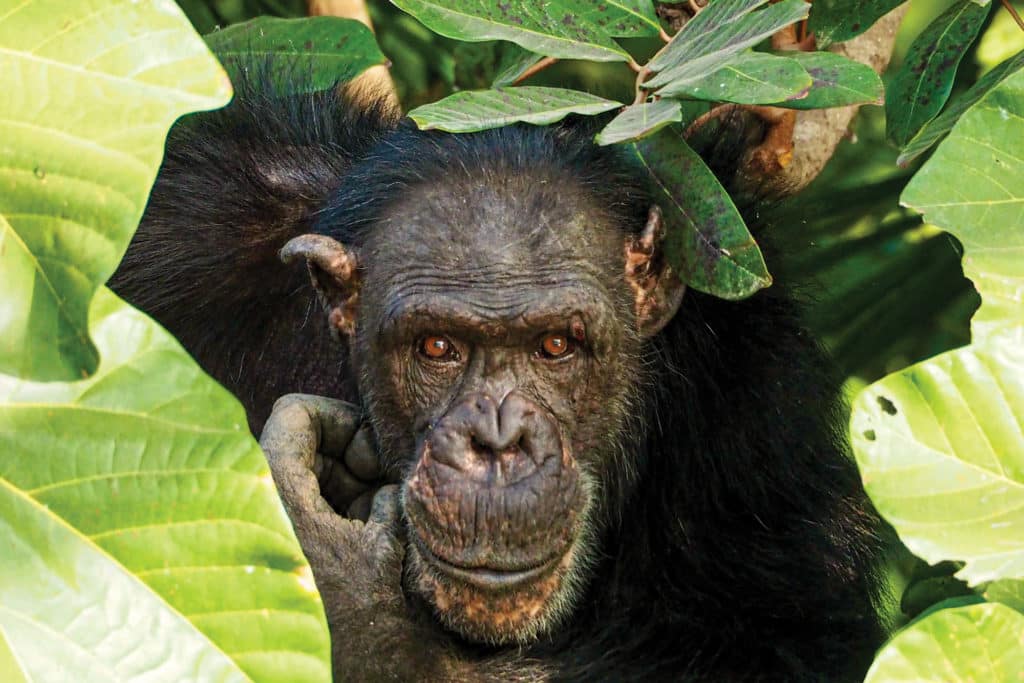
“Some people hate passage,” Koropp says. “We feel like we finally get to relax. Our family gets into a routine. We play games together. It’s the opposite of when we’re onshore because then you’re doing as much as you can.”
They quickly switched into go mode upon reaching the Azores on day 52. “The Azores was well-set-up by the time we got there,” Koropp says. “They emailed us asking, ‘Can we do anything for you on arrival?’ They delivered french fries, shakes and hamburgers for the kids.”
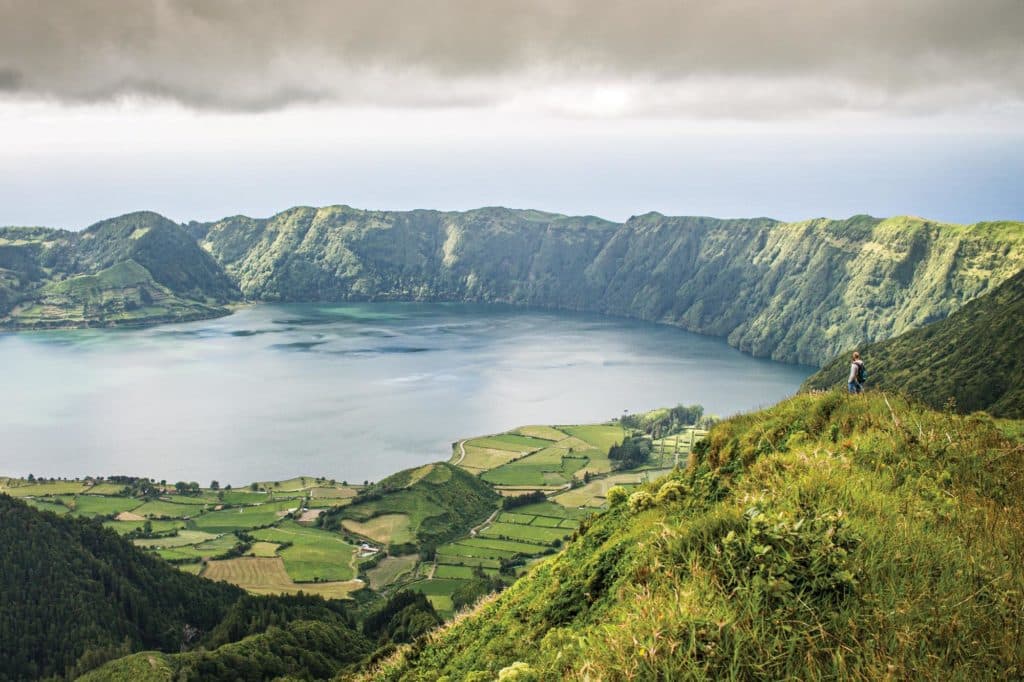
After a negative COVID-19 test, the family was free to explore the archipelago. They clambered over the volcanic landscapes of Pico and Faial. On Terceira, they attended a bullfight. A month later, they moved on to Portugal. “We could just walk into the best wineries in the Duoro Valley because there were no tourists around,” Koropp says.
By October 2020, however, the situation was changing. “We could see Europe was struggling with the second wave of the pandemic,” Daubeny says. “More restrictions were being put in place. It cemented for us that it was time to move, to head south toward the Canaries.”
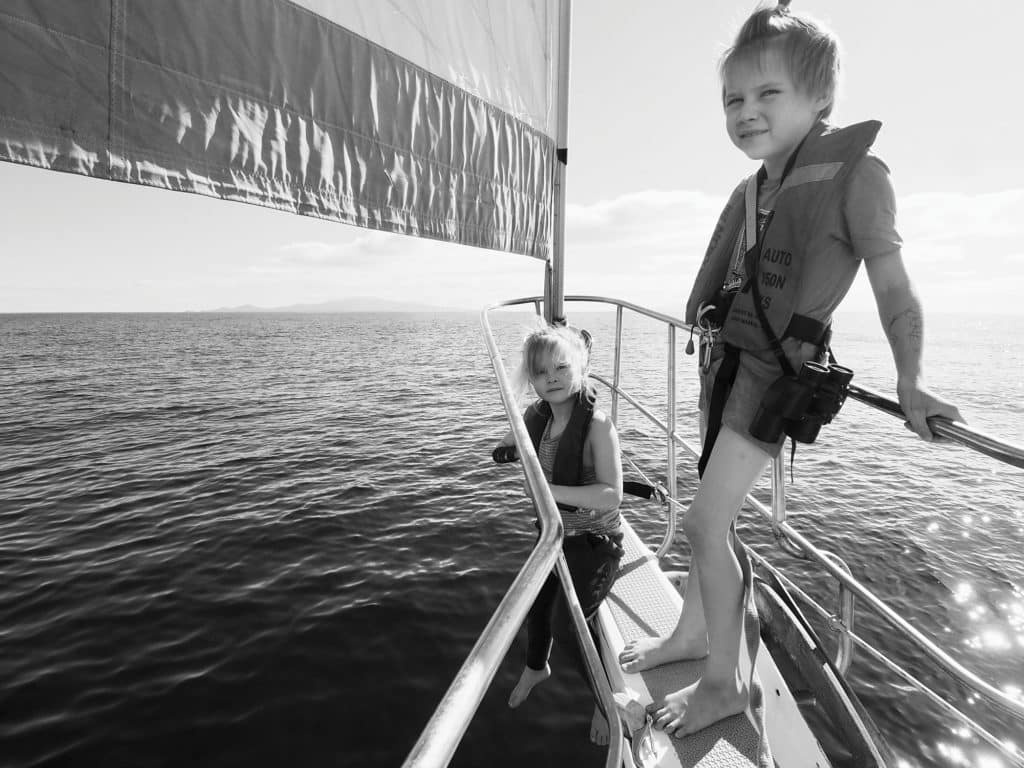
They’d intended to progress to the Caribbean from the Canaries, but an intriguing conversation with another cruiser sent them on a 1,000-mile detour to Gambia, West Africa. They sailed 156 miles up the Gambia River to Misang Island, through River Gambia National Park. “Hippos were around the boat,” Koropp recalls. “Crocodiles came into the water. You could hear chimpanzees howling in the trees at sunset.”
Few yachts venture into this area, so the English-speaking locals greeted Atea with great excitement. “The Gambians are incredibly warm, hospitable and inclusive,” Koropp says. The family was invited to a child’s naming ceremony, for which a local tailor made them bespoke traditional outfits.
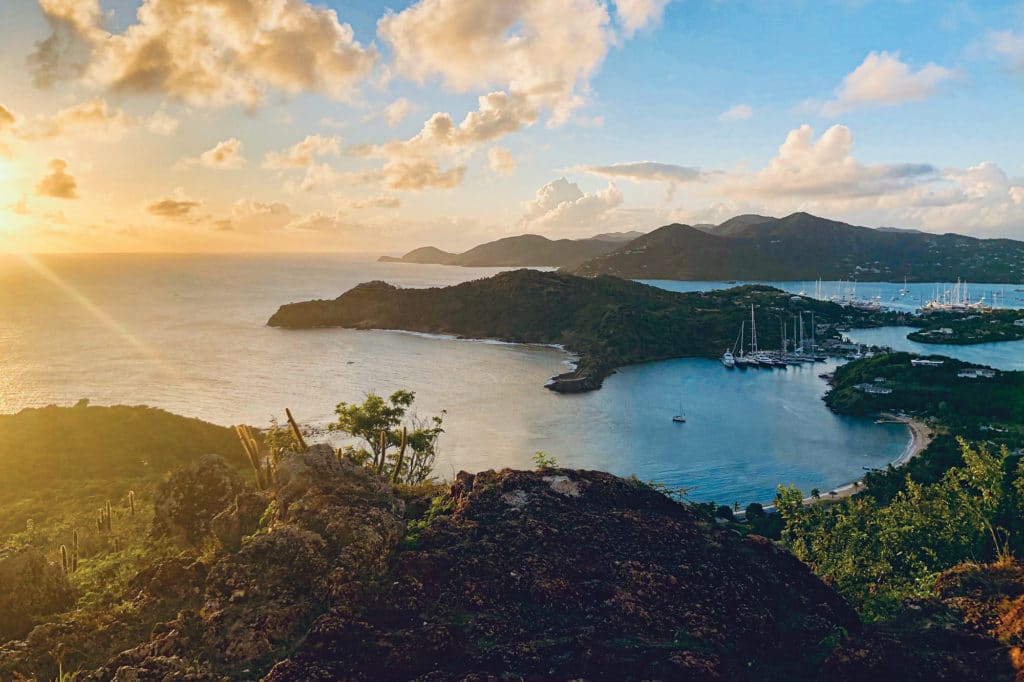
In February, Atea rocked the trade winds across the Atlantic to Antigua, covering 2,700 miles in 19 days. “This is the best year ever for being in an island group in the Caribbean,” Daubeny says. “It is difficult and expensive to go through the pandemic regulations and move from one island group to another, but once you’re here, it’s fantastic. Everything is open. It’s really uncrowded. It’s glorious. “
On St. Martin, they reveled in the happy-hour party scene. On Barbuda, they kitesurfed by day and enjoyed beach bonfires by night.
Daubeny and Koropp credit their decade of cruising life for giving them confidence to embark on their epic voyage. “You have to be flexible and not afraid of the unknown,” Koropp says. “We’ve had a great year. We made a good decision and have been able to cruise in this very difficult year. You just need to be comfortable with not knowing what comes next.”
Captain’s Log
Cape Town to Azores: 52 days, 5,888 nautical miles; Azores to Portugal: 7 days, 969 nm; Portugal to Canaries: 6 days, 557 nm; Canaries to Gambia: 9 days, 993 nm; Gambia to Antigua: 19 days, 2,734 nm; Total from March 2020 to March 2021: 12,428 nm
What Came Next
The tranquility of the family’s Caribbean anchorage at Bequia was shattered with the eruption of the La Soufrière volcano on the neighboring island of St. Vincent on April 9. “The next morning, it was obvious we had to move [because] the air was thick with ash. So we sailed as far as we could to get clear air,” Koropp says. They joined a convoy of about a dozen boats that sheltered in the Tobago Cays. After three days, the wind shifted, the air cleared, and the cruisers emerged to toast with sundowners on the beach.









